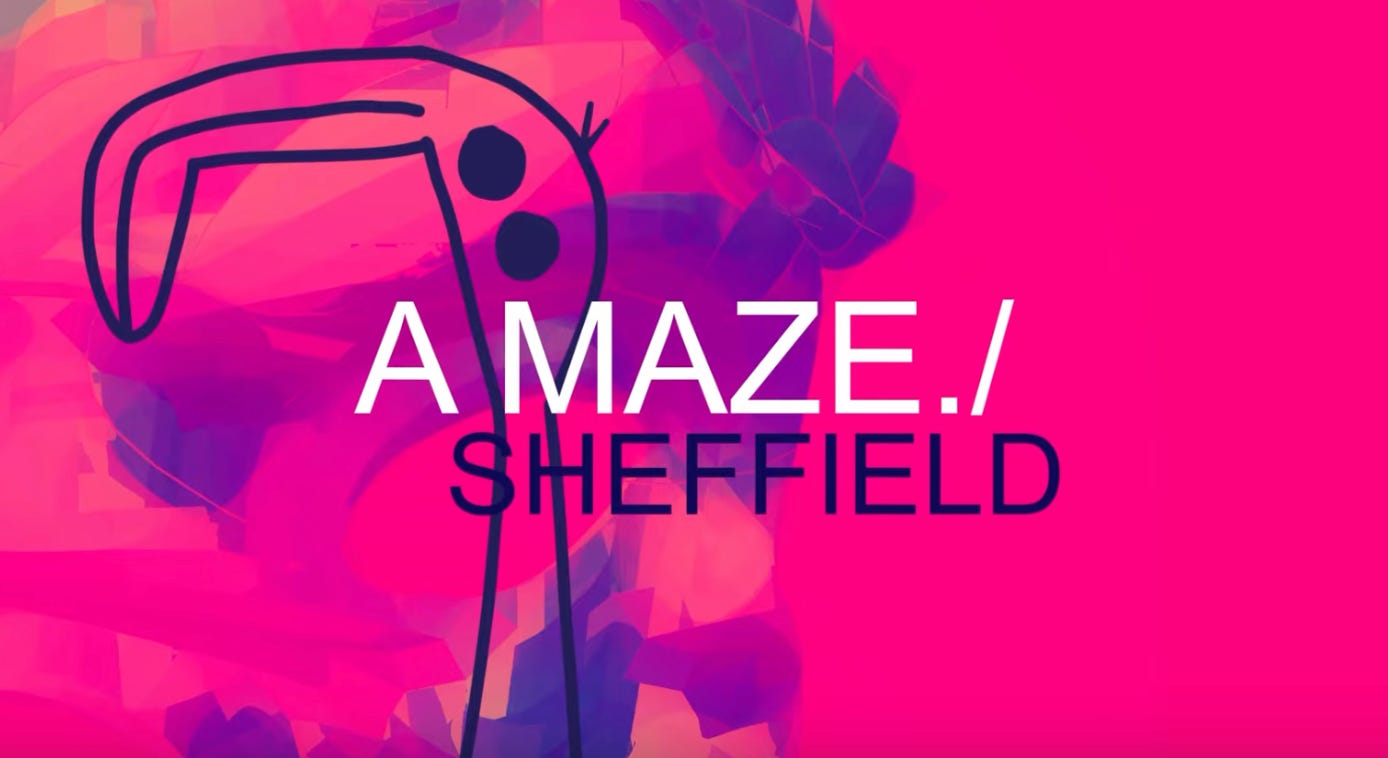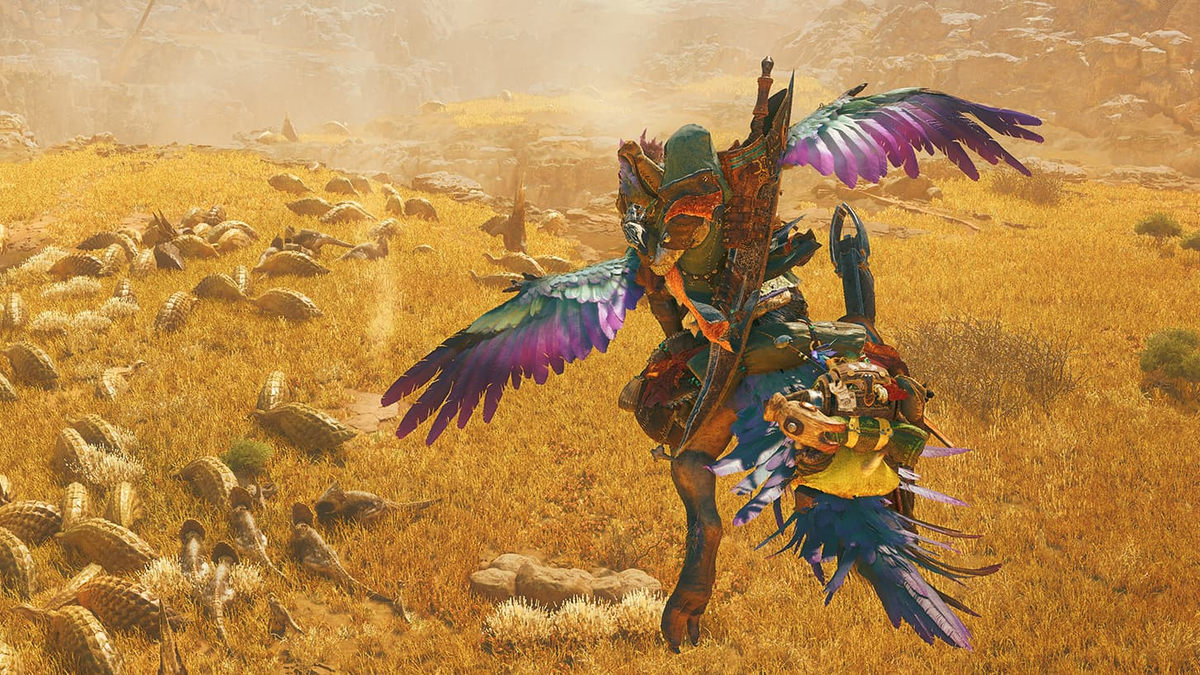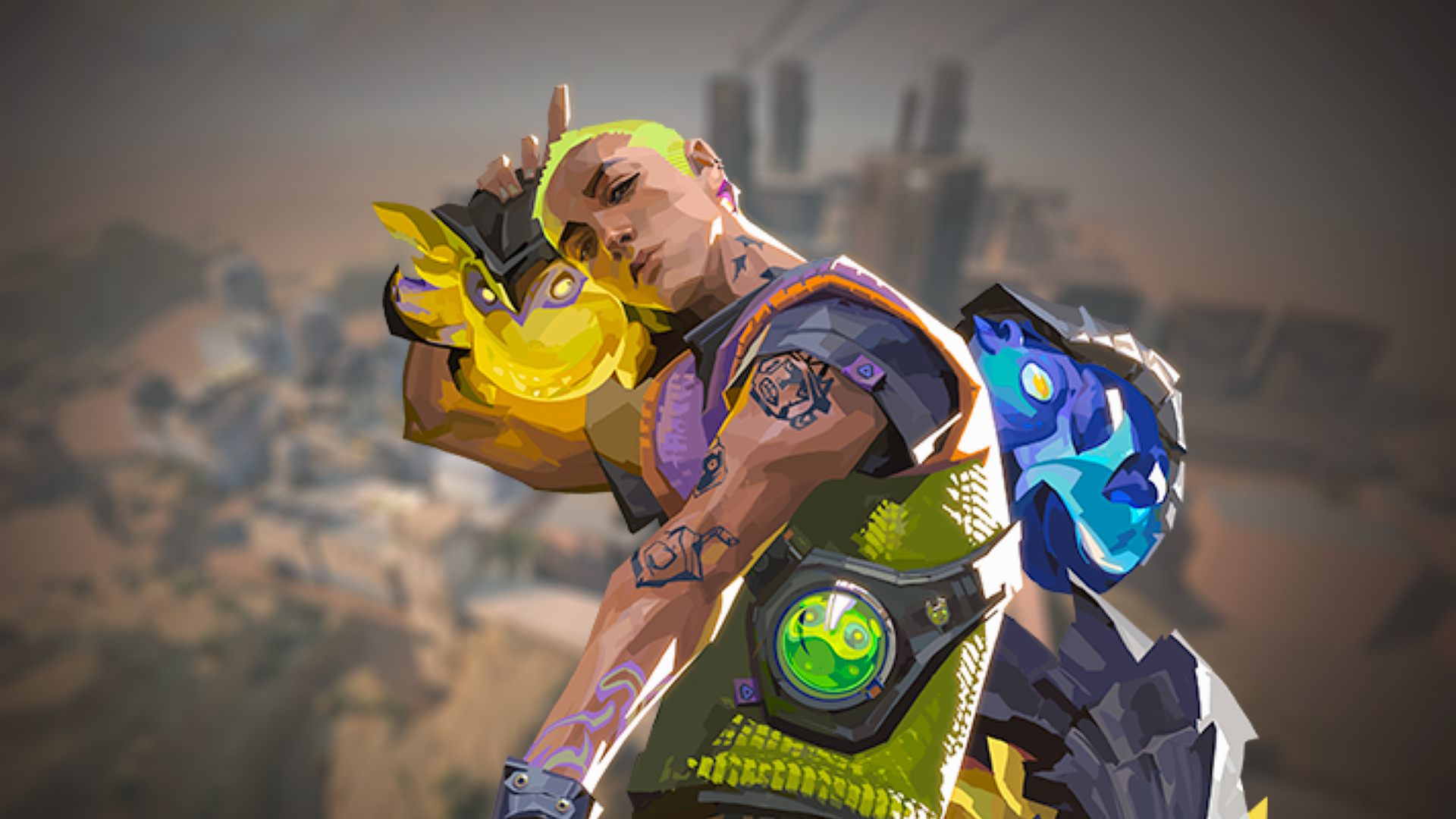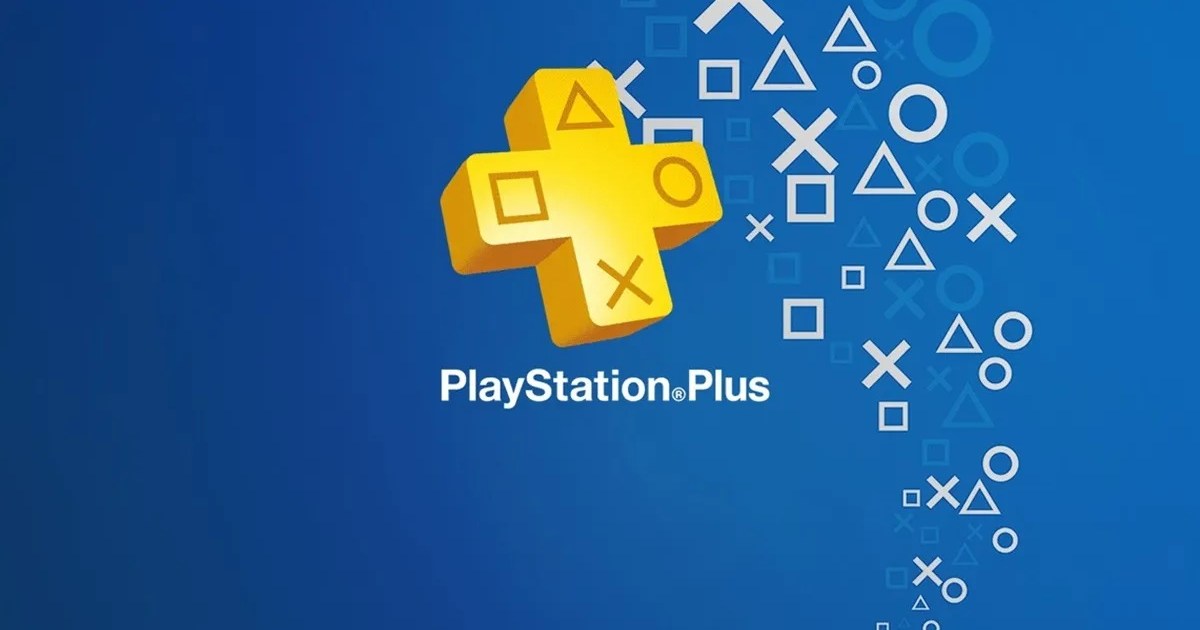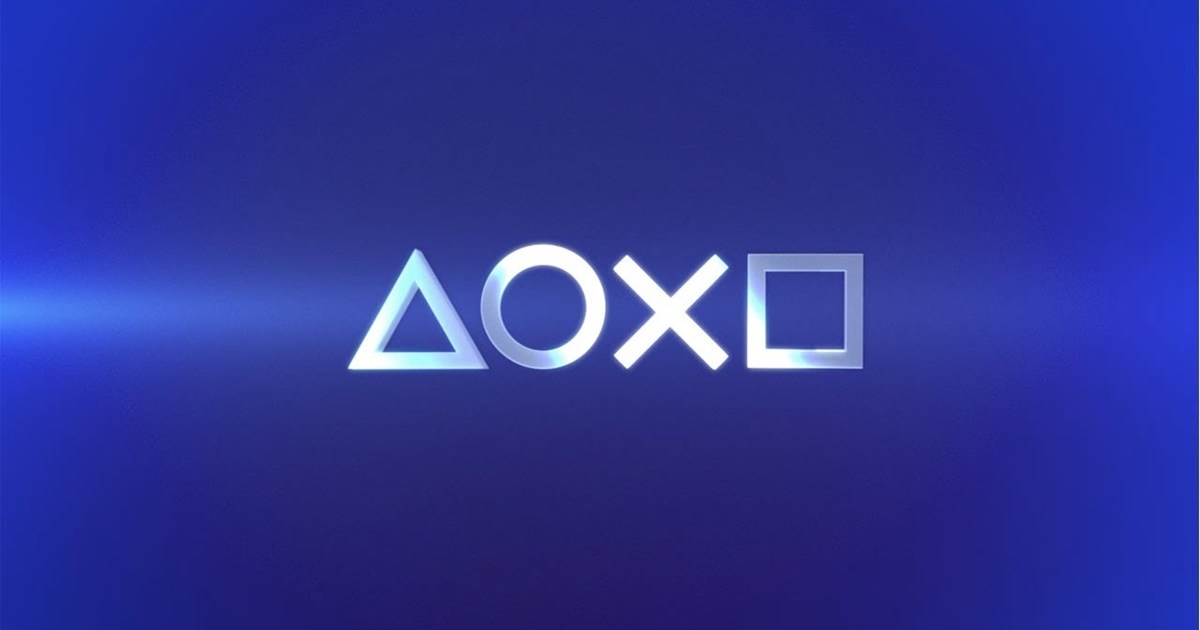Not all “open” AI is truly decentralized
DeepSeek’s code is open for anyone to view and contribute to, promoting openness and community participation. But the system operates on privately owned servers. This setup allows access to the code, but the processing power and decision-making stay with the server owners. Additionally, steering clear of sensitive subjects indicates rules are still in place, moving it away from a completely open approach. LLaMA also shares its code publicly, but it needs central systems to work. Whether hosted by a company or a cloud service, this reliance creates barriers. Users must have approval, funds, or entry to these systems to use the model properly. In both cases, the “open” label applies to the code, not the environment it runs in. Central systems mean control over access, resources, and practical use remains with those who own the infrastructure. _Real Decentralization: Open Code + Open Systems _ The key to real AI decentralization lies in combining open models with open systems. Here’s how that could work: Open Models: Projects like DeepSeek and LLaMA show this is possible. Their code is free to examine, adjust, or expand. This clear access forms a strong base for development. Open Systems: This area still needs work. Instead of private servers or central systems, think of a shared network—similar to decentralized data setups or blockchain technology. Here, AI operations spread across global devices, with no single owner managing the resources. People provide processing capacity and storage space, gaining AI access in exchange without needing intermediaries. Why This Combination Matters A decentralized approach could: Remove Control Points: No reliance on large tech firms or private server providers. Individuals with standard hardware could join. Expand Reach: Decentralized systems could bring AI to areas where central services are limited or costly. Support Open Use: Without central oversight, censorship or forced restrictions become harder to enforce.
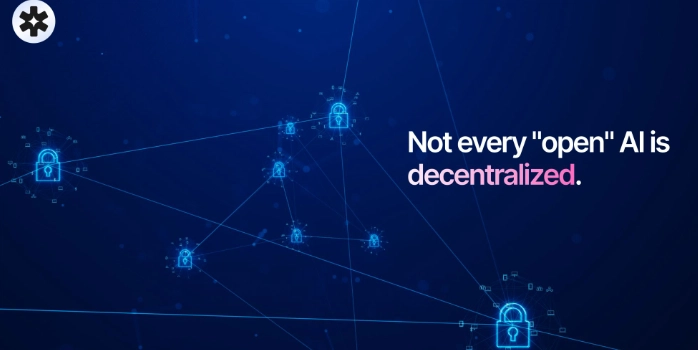
DeepSeek’s code is open for anyone to view and contribute to, promoting openness and community participation. But the system operates on privately owned servers. This setup allows access to the code, but the processing power and decision-making stay with the server owners. Additionally, steering clear of sensitive subjects indicates rules are still in place, moving it away from a completely open approach.
LLaMA also shares its code publicly, but it needs central systems to work. Whether hosted by a company or a cloud service, this reliance creates barriers. Users must have approval, funds, or entry to these systems to use the model properly.
In both cases, the “open” label applies to the code, not the environment it runs in. Central systems mean control over access, resources, and practical use remains with those who own the infrastructure.
_Real Decentralization: Open Code + Open Systems
_
The key to real AI decentralization lies in combining open models with open systems.
Here’s how that could work:
Open Models: Projects like DeepSeek and LLaMA show this is possible. Their code is free to examine, adjust, or expand. This clear access forms a strong base for development.
Open Systems: This area still needs work. Instead of private servers or central systems, think of a shared network—similar to decentralized data setups or blockchain technology. Here, AI operations spread across global devices, with no single owner managing the resources. People provide processing capacity and storage space, gaining AI access in exchange without needing intermediaries.
Why This Combination Matters
A decentralized approach could:
Remove Control Points: No reliance on large tech firms or private server providers. Individuals with standard hardware could join.
Expand Reach: Decentralized systems could bring AI to areas where central services are limited or costly.
Support Open Use: Without central oversight, censorship or forced restrictions become harder to enforce.


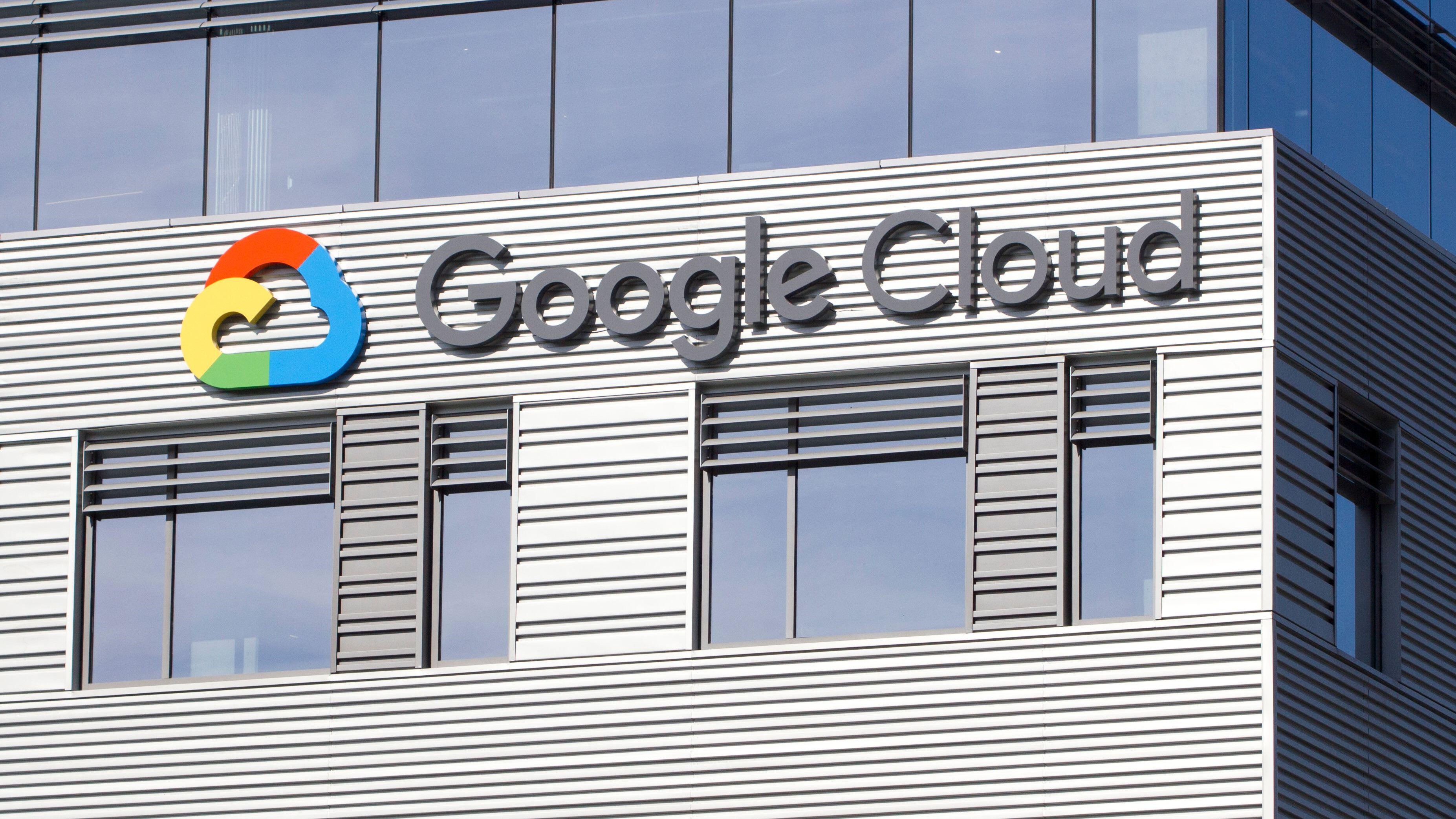
_Andrew_Angelov_Alamy.jpg?#)
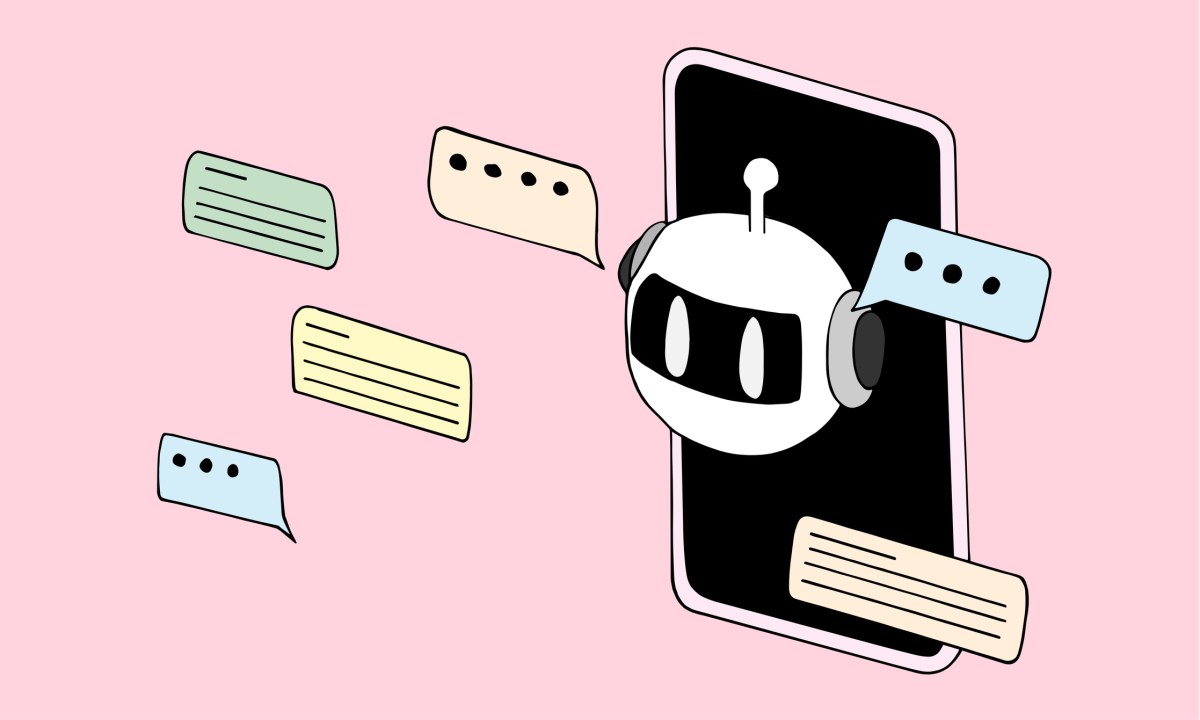


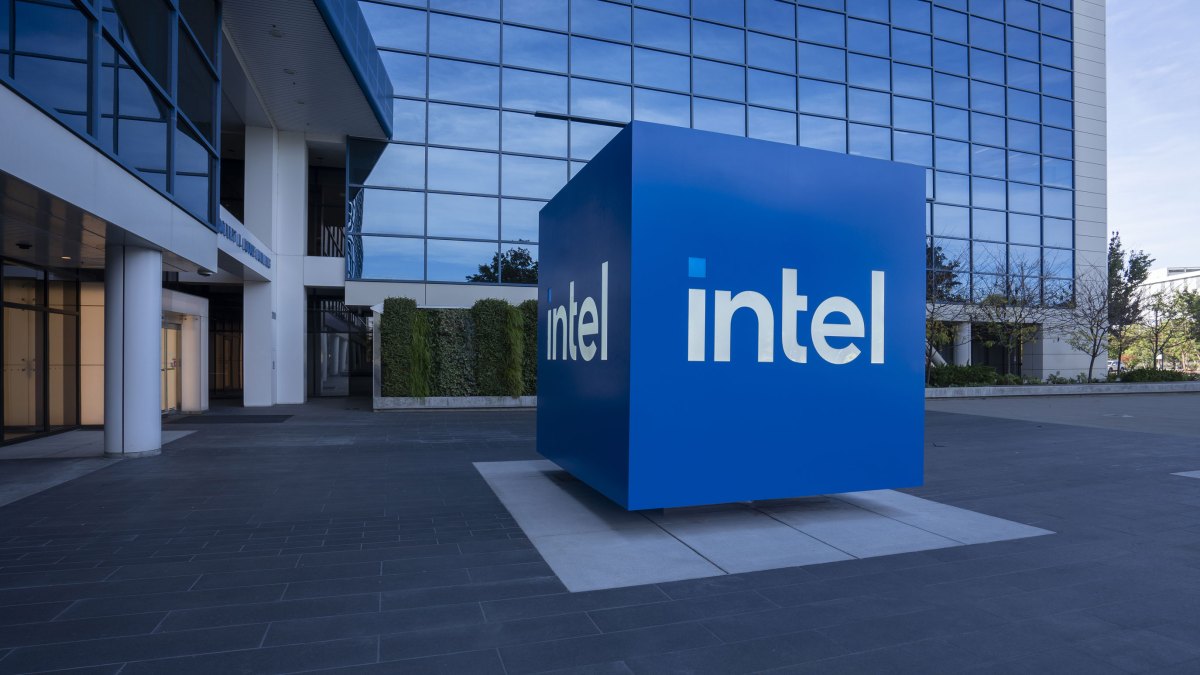













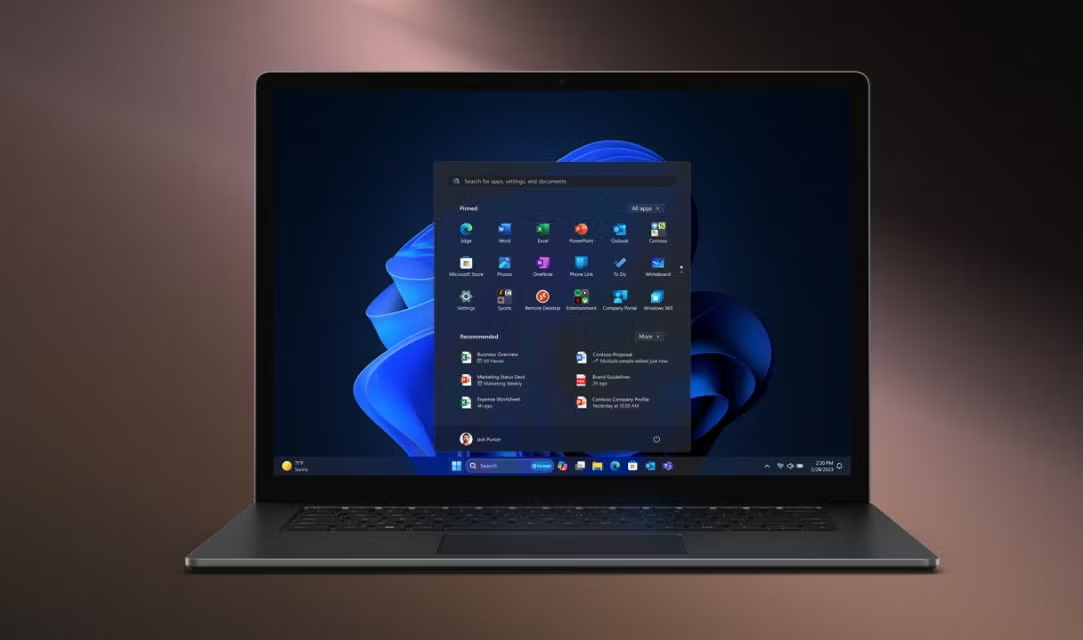








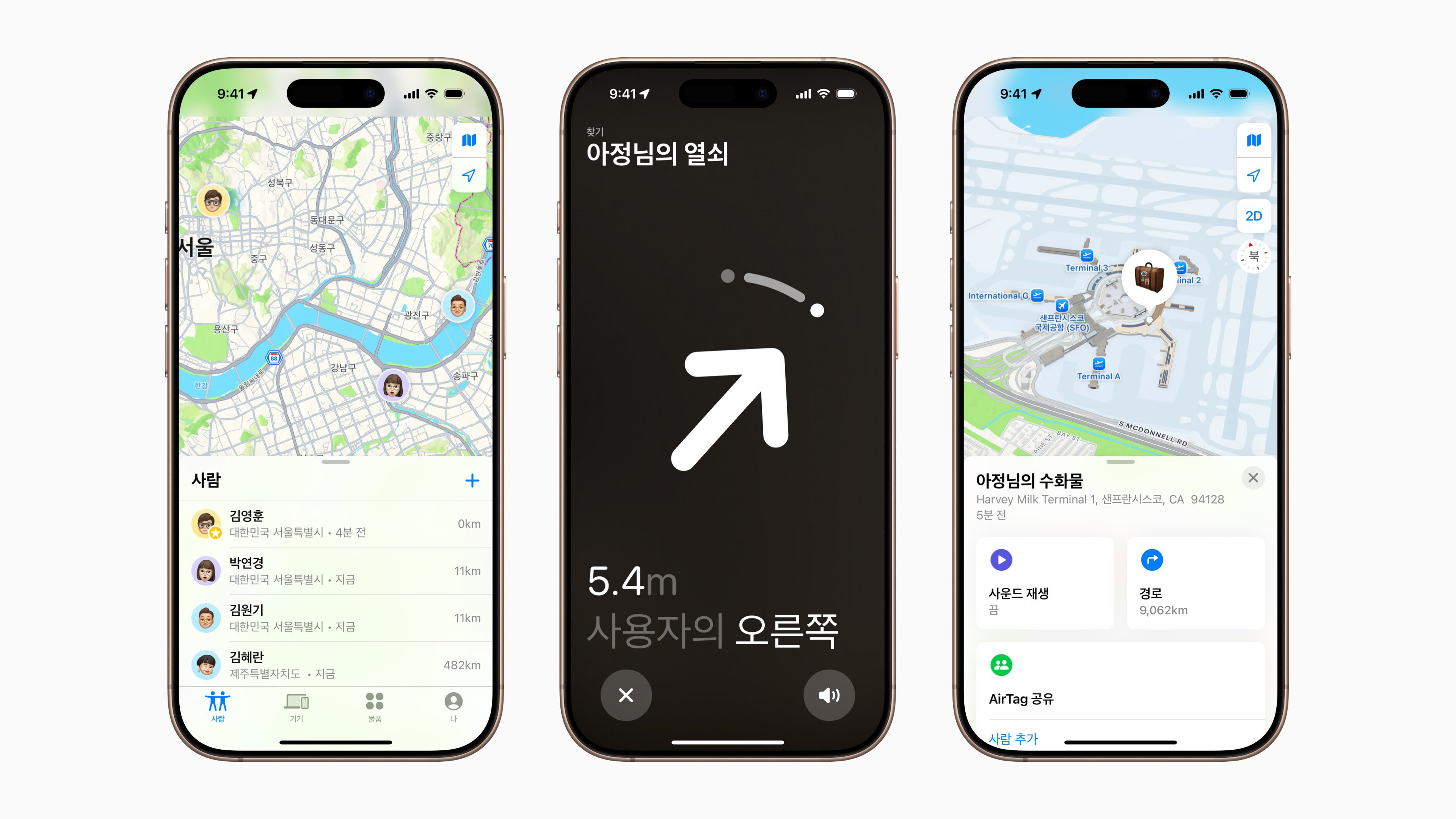














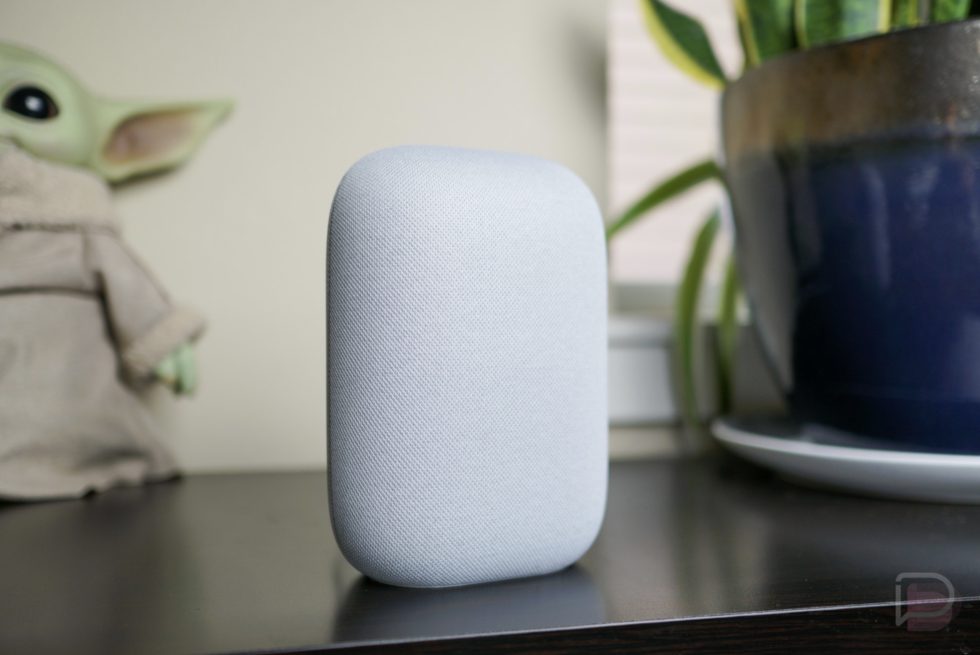

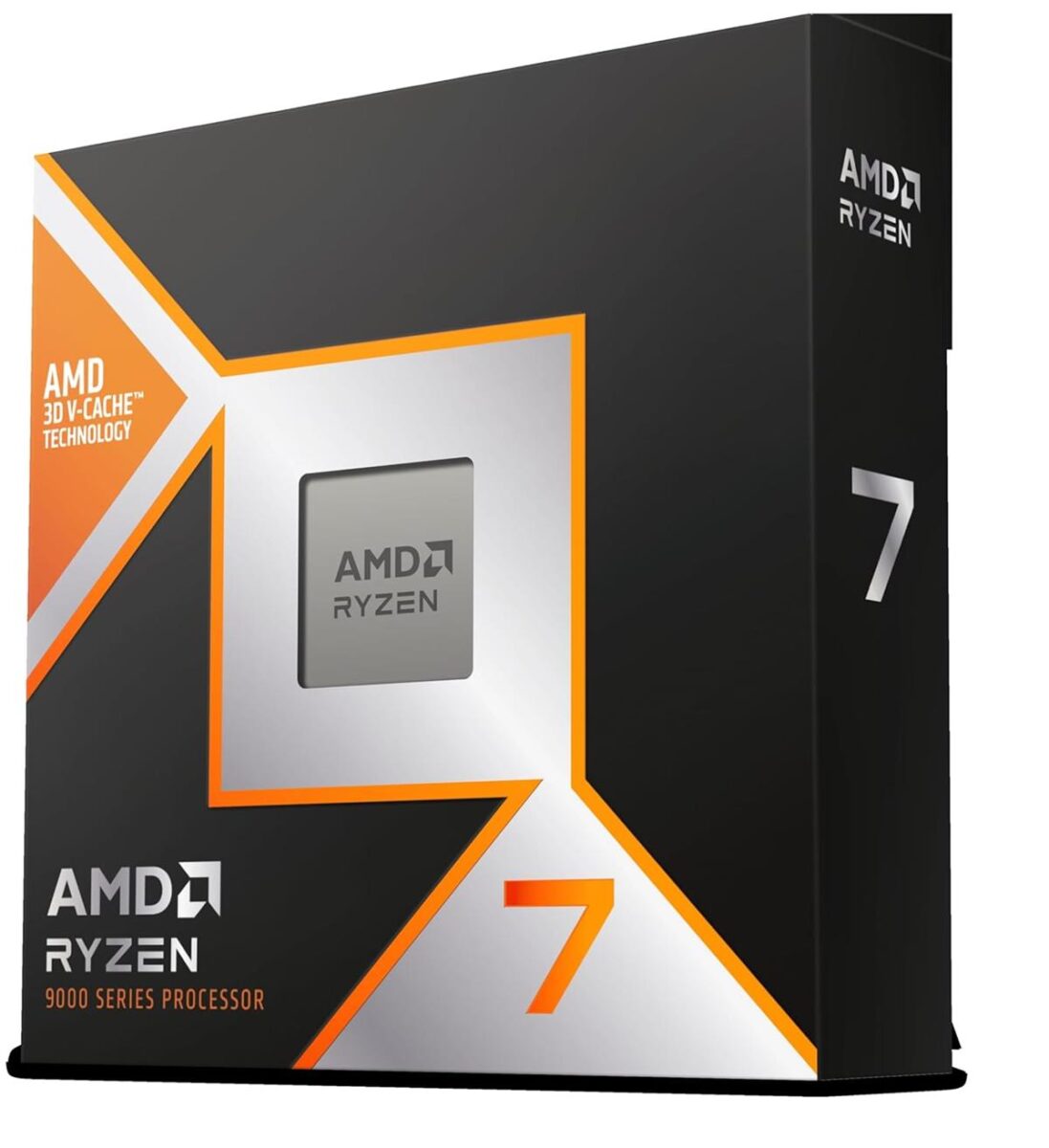
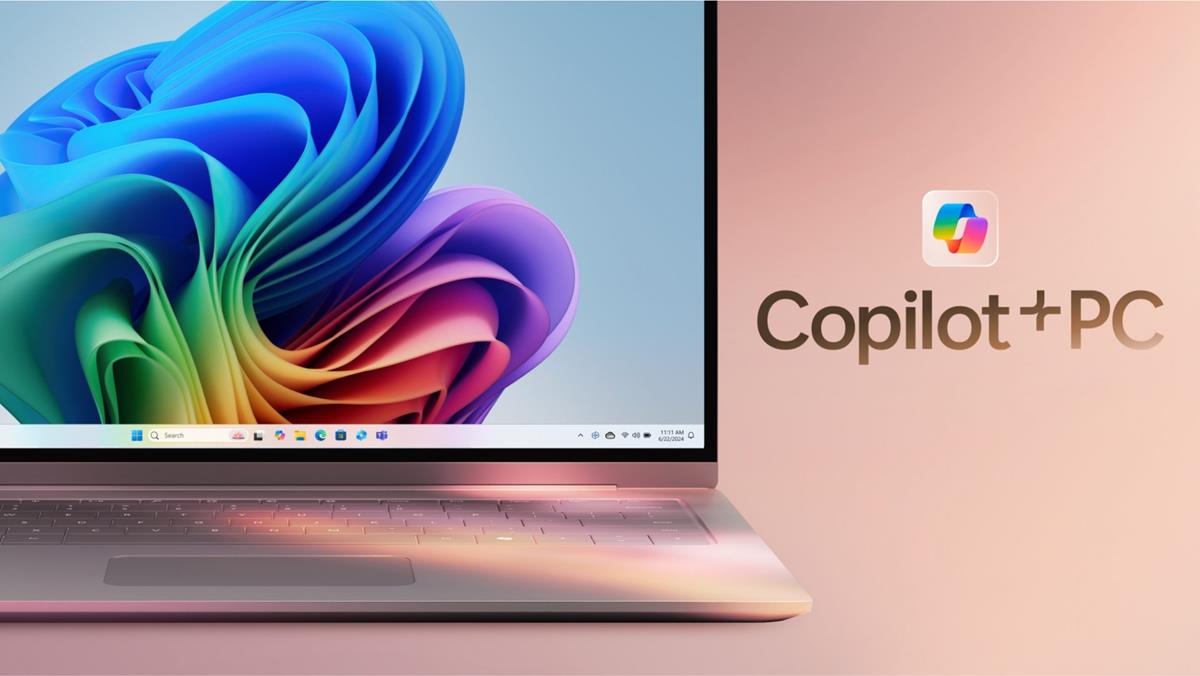
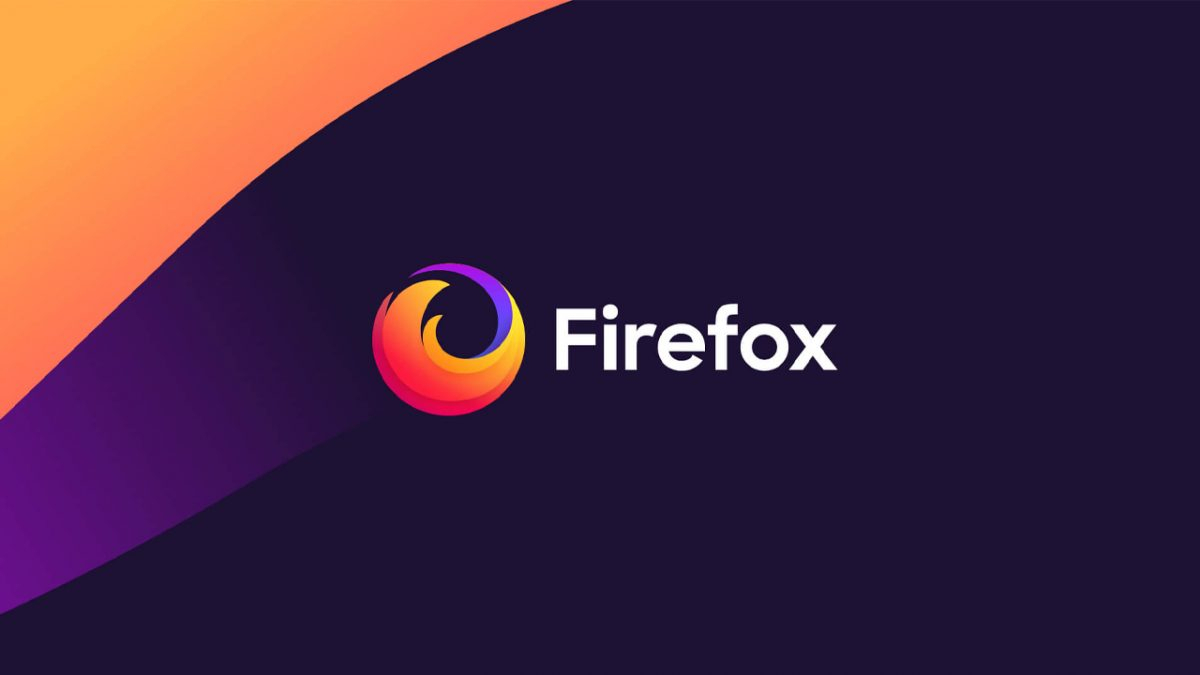

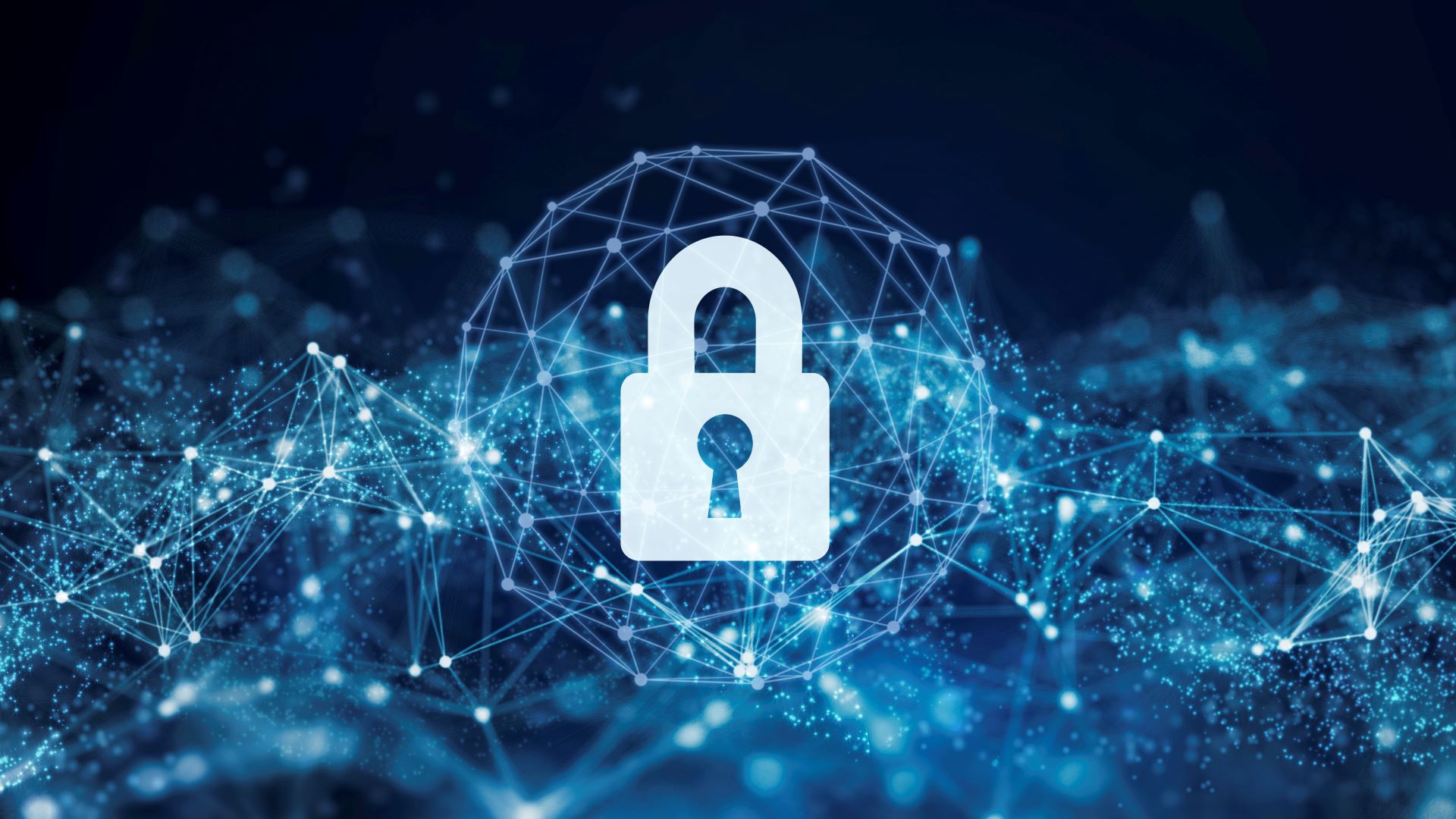

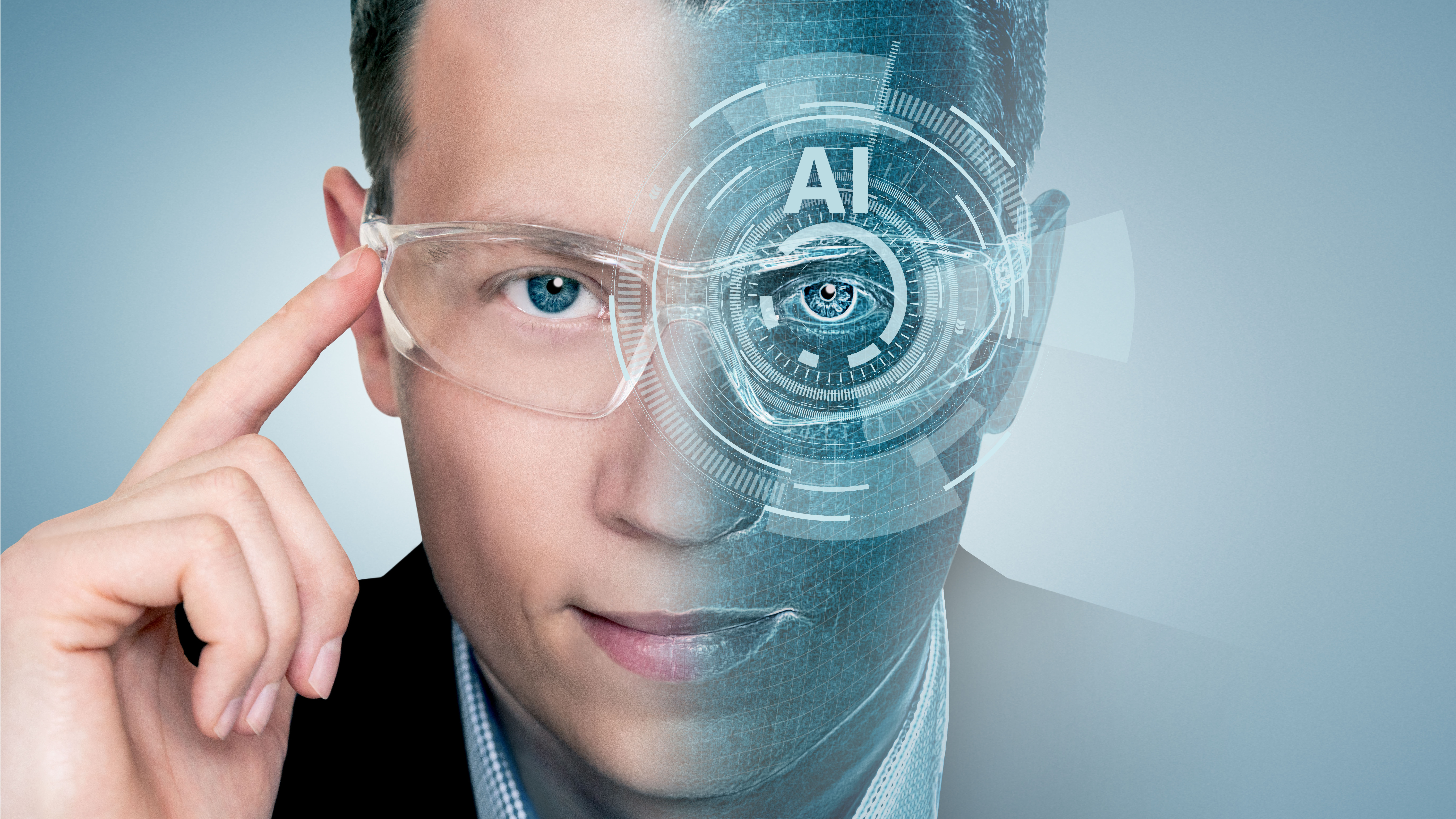

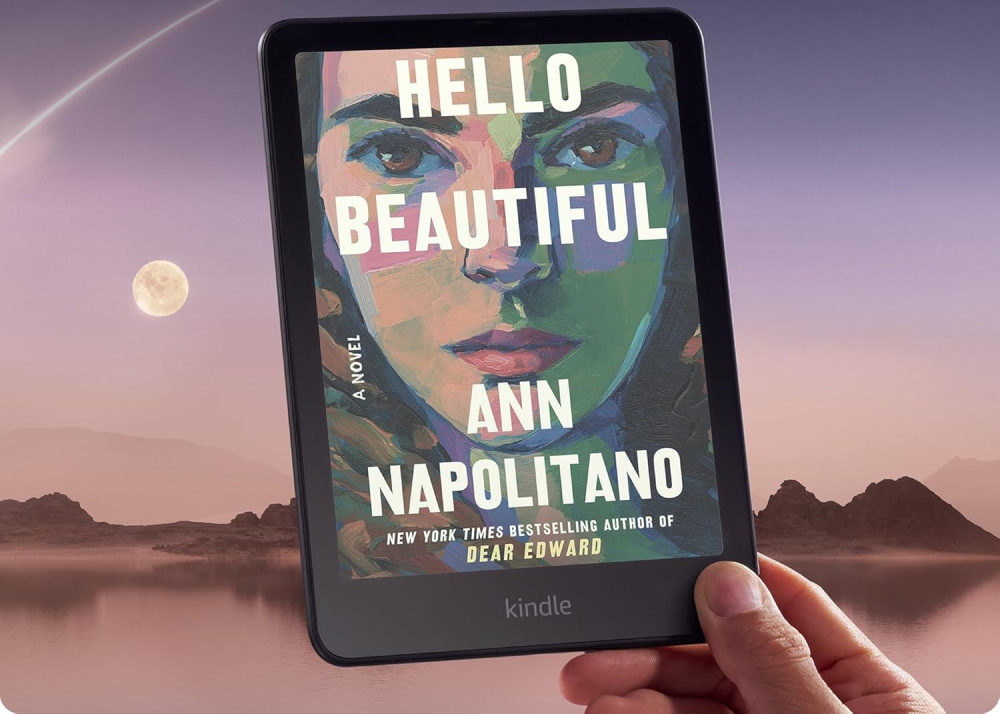








![Apple Watch Series 10 Prototype with Mystery Sensor Surfaces [Images]](https://www.iclarified.com/images/news/96892/96892/96892-640.jpg)

![Get Up to 69% Off Anker and Eufy Products on Final Day of Amazon's Big Spring Sale [Deal]](https://www.iclarified.com/images/news/96888/96888/96888-640.jpg)
![Apple Officially Releases macOS Sequoia 15.4 [Download]](https://www.iclarified.com/images/news/96887/96887/96887-640.jpg)

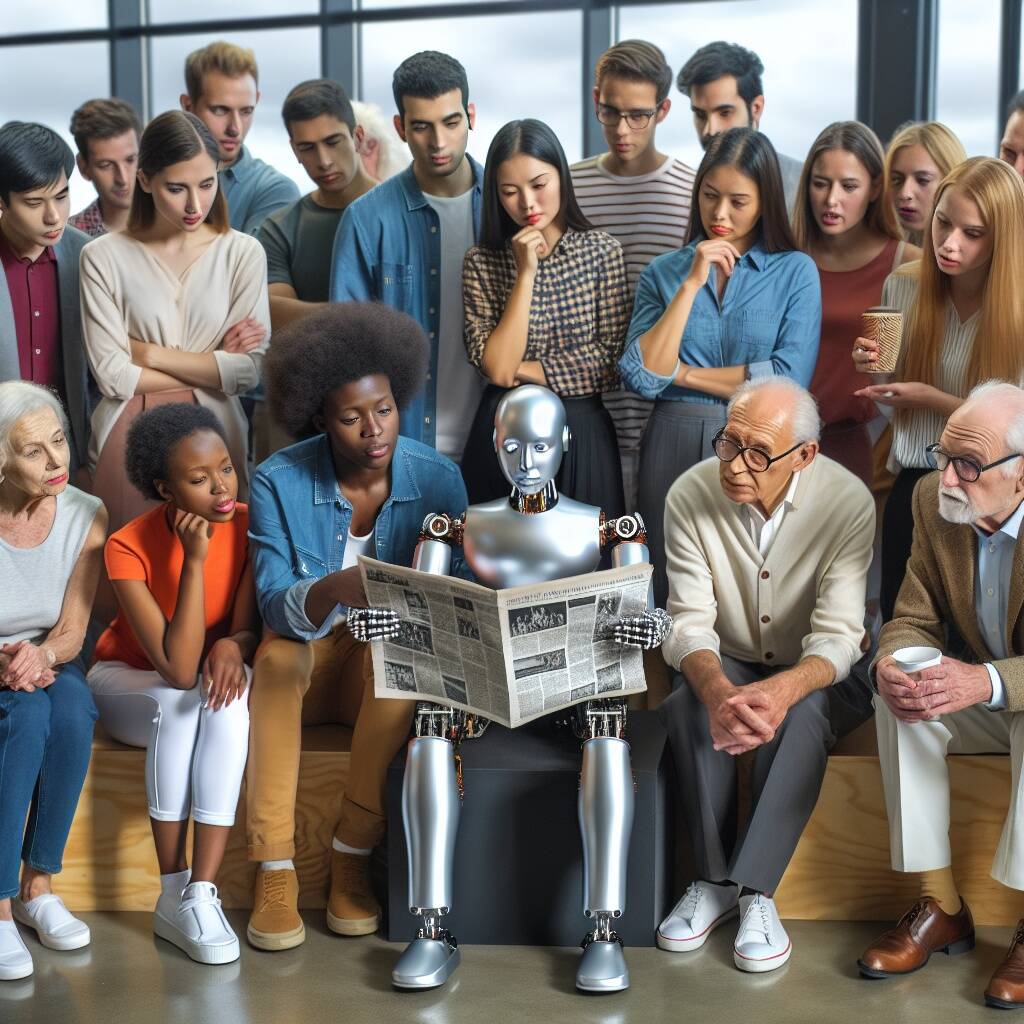


















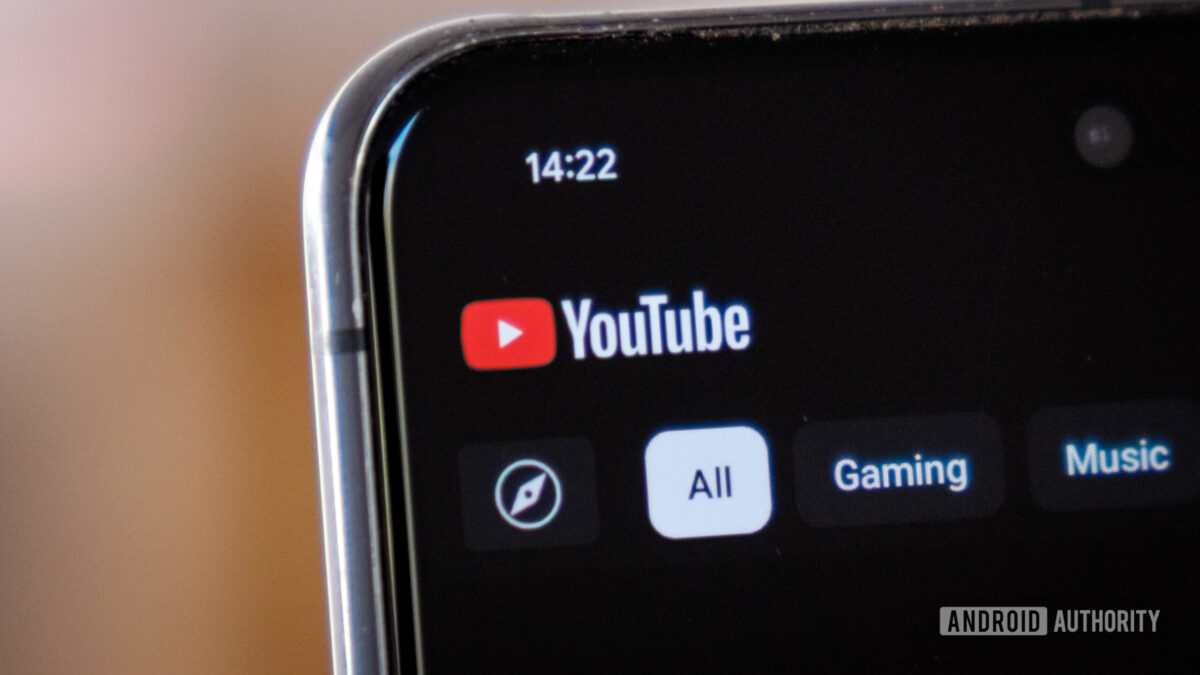

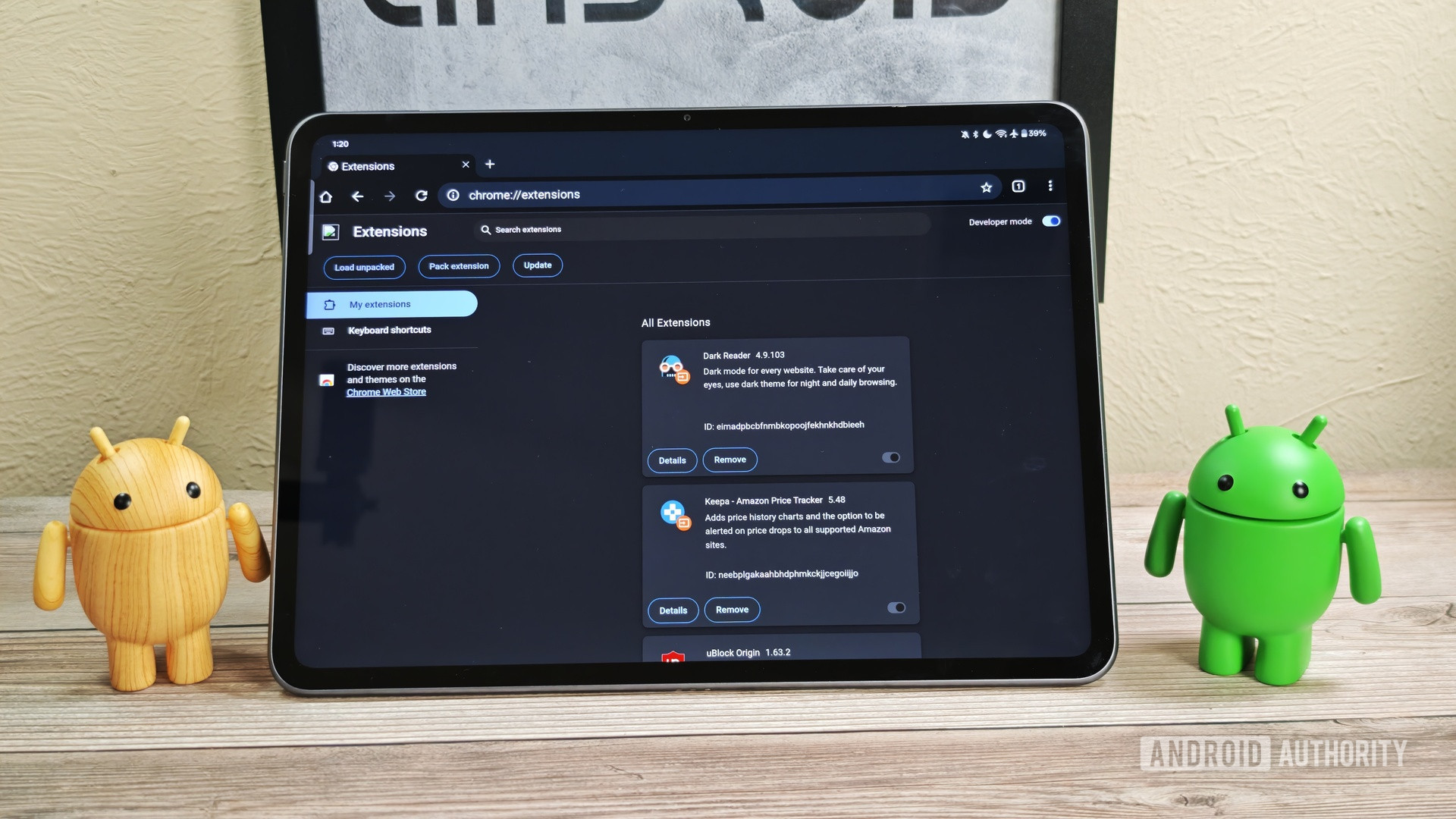





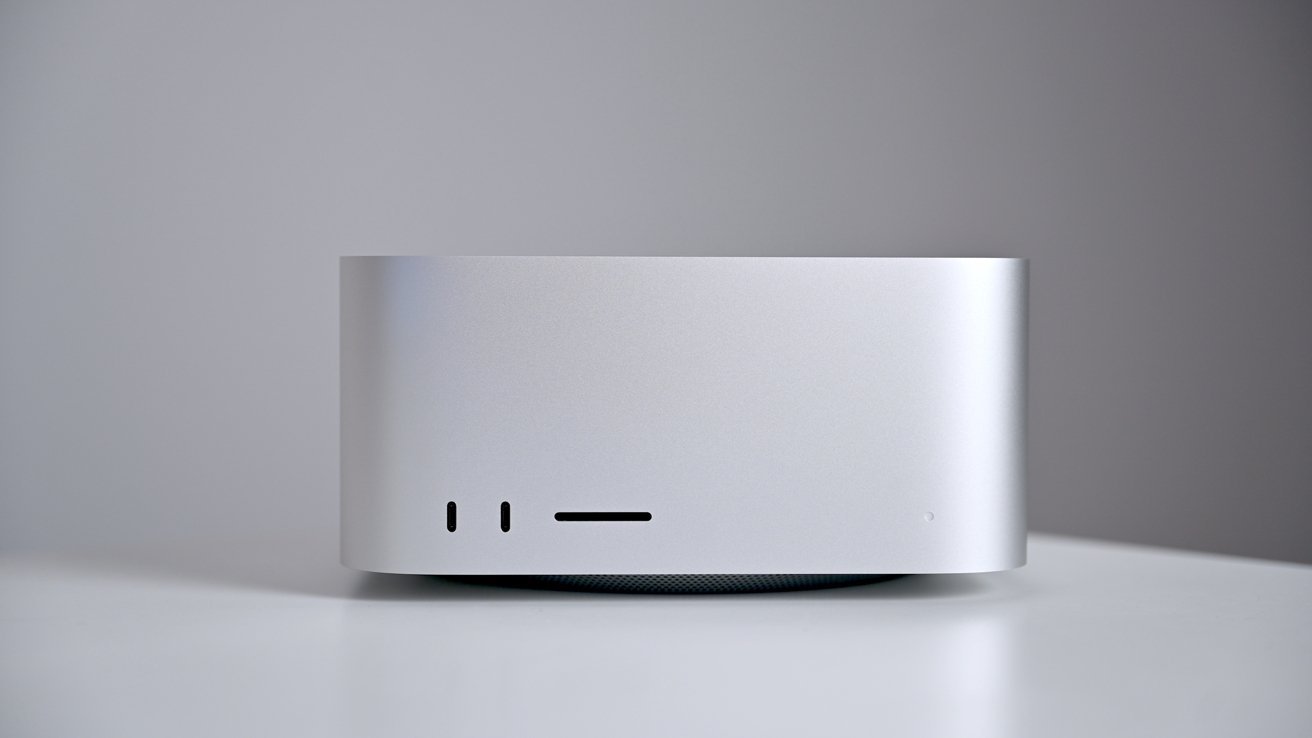
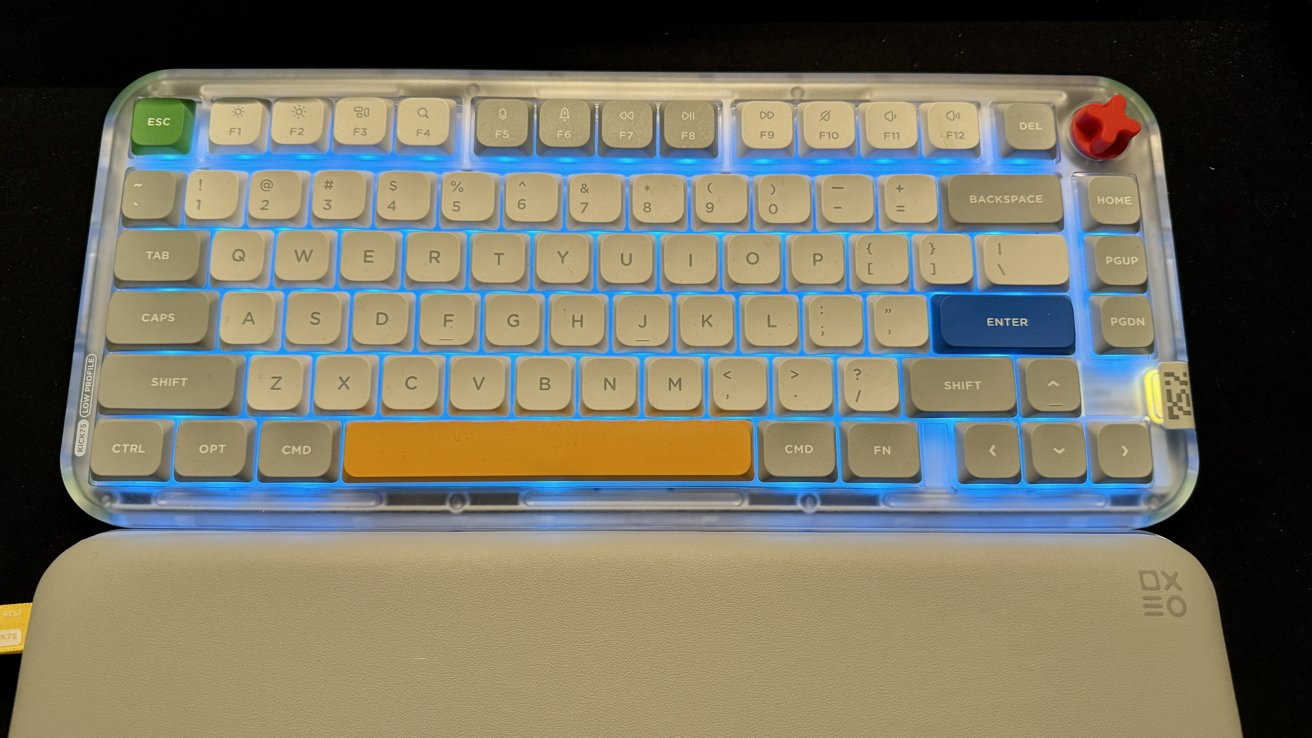
![watchOS 11.4 was briefly available, and was pulled by Apple [u]](https://photos5.appleinsider.com/gallery/60061-123253-watchOS-11-on-Apple-Watch-Ultra-xl.jpg)
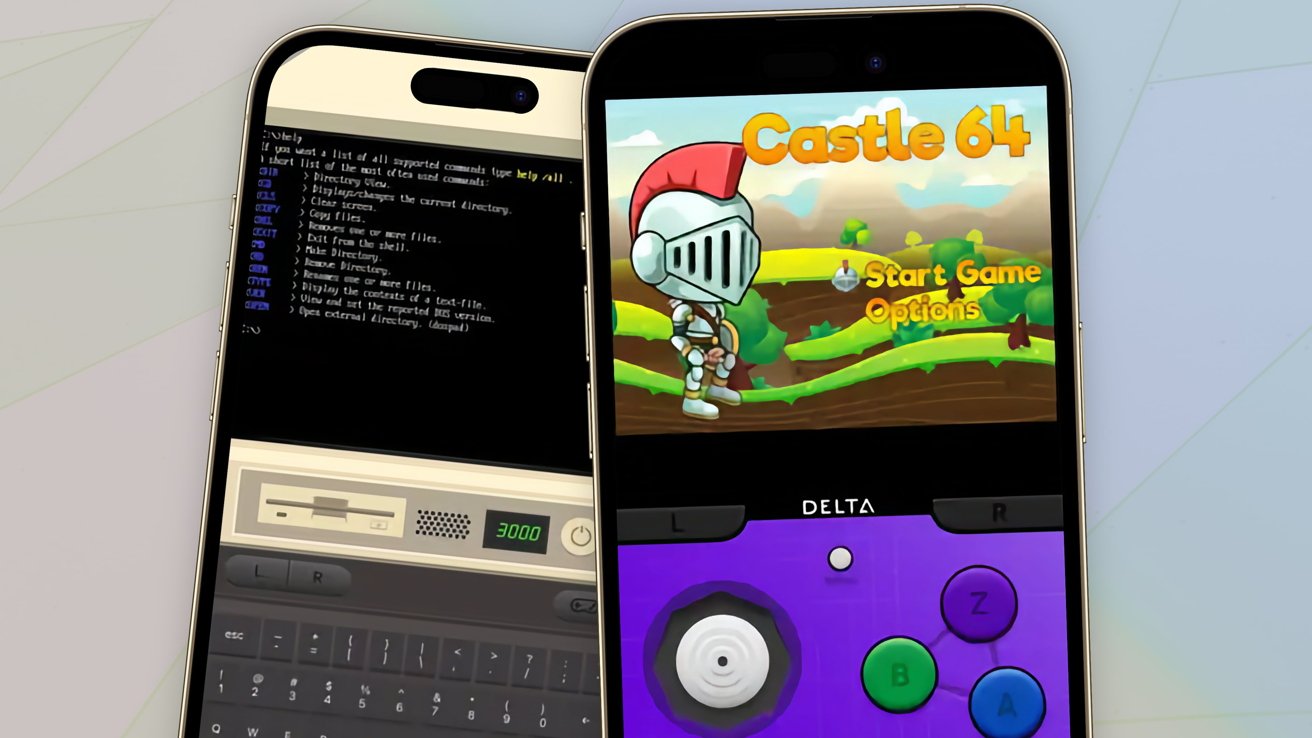
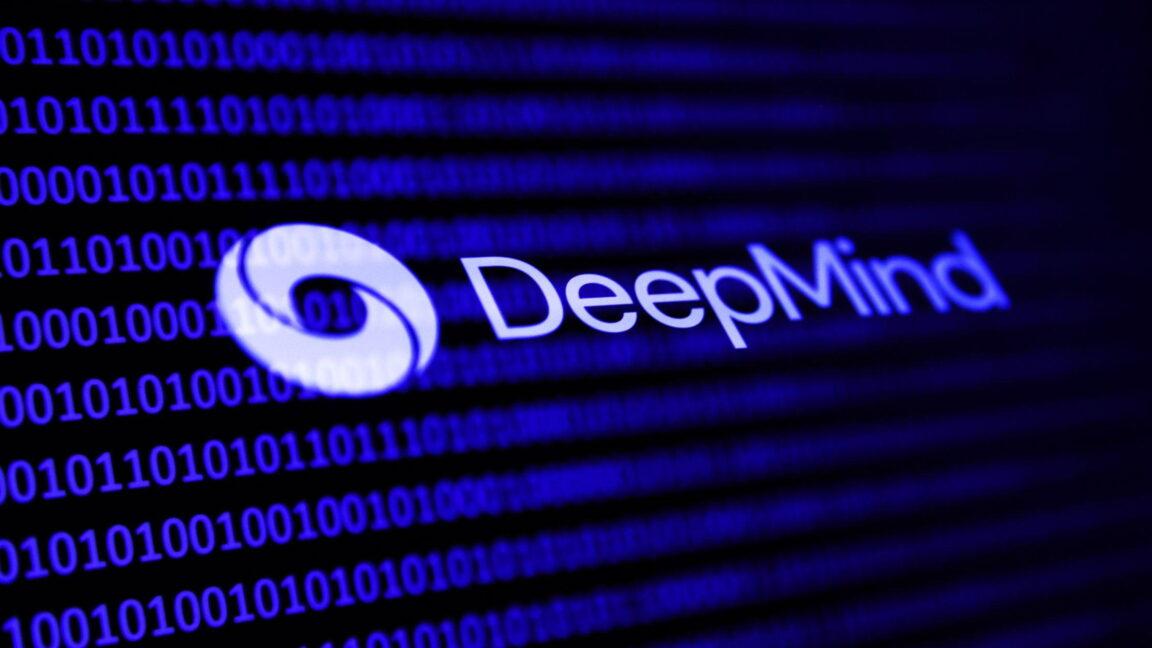
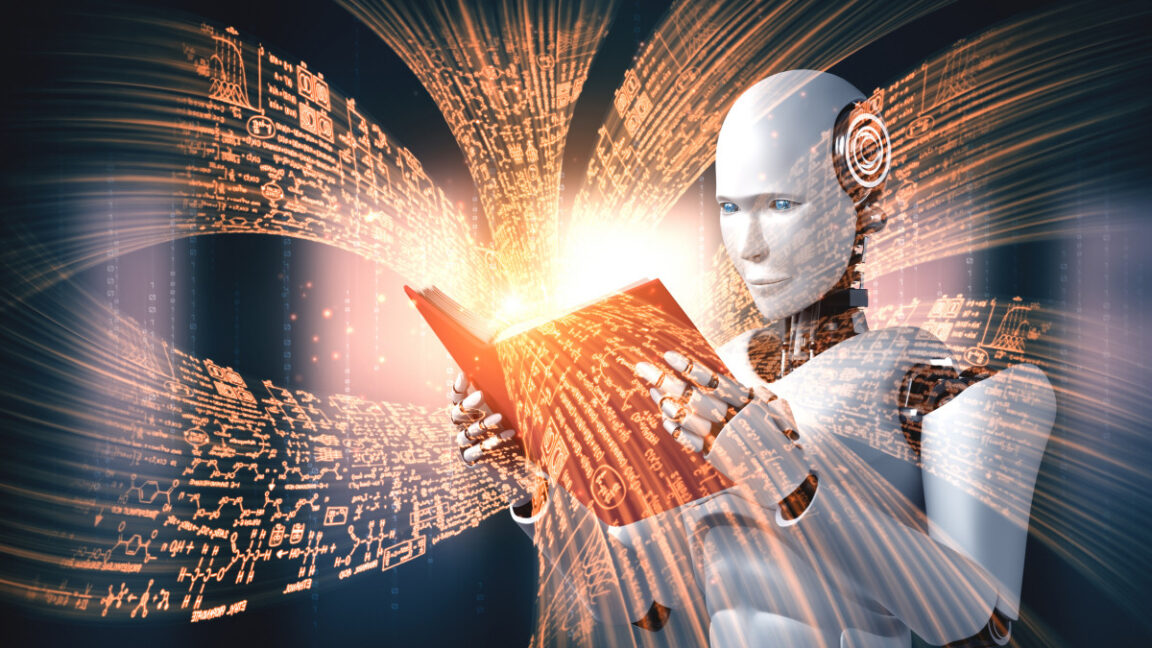




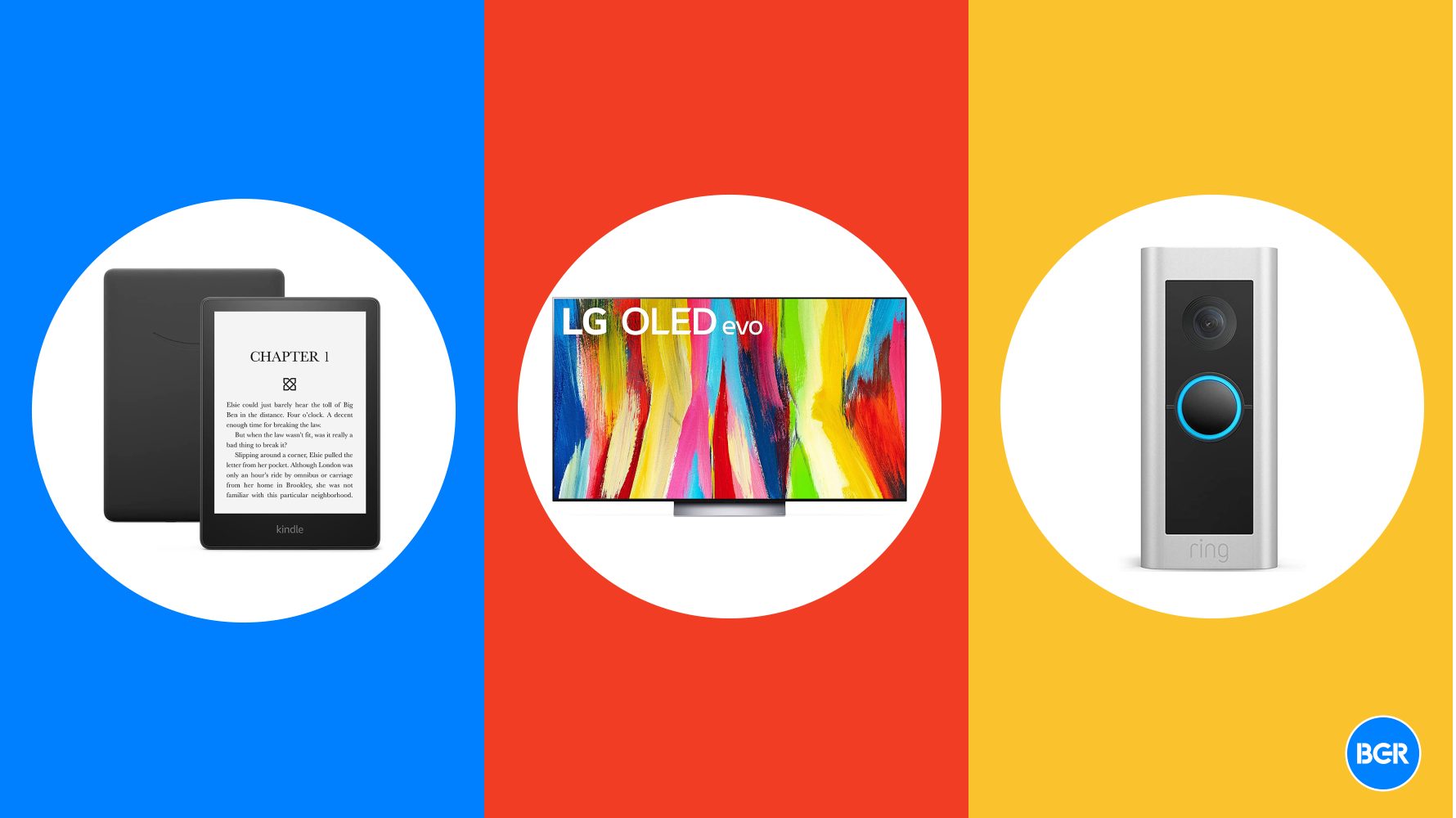


















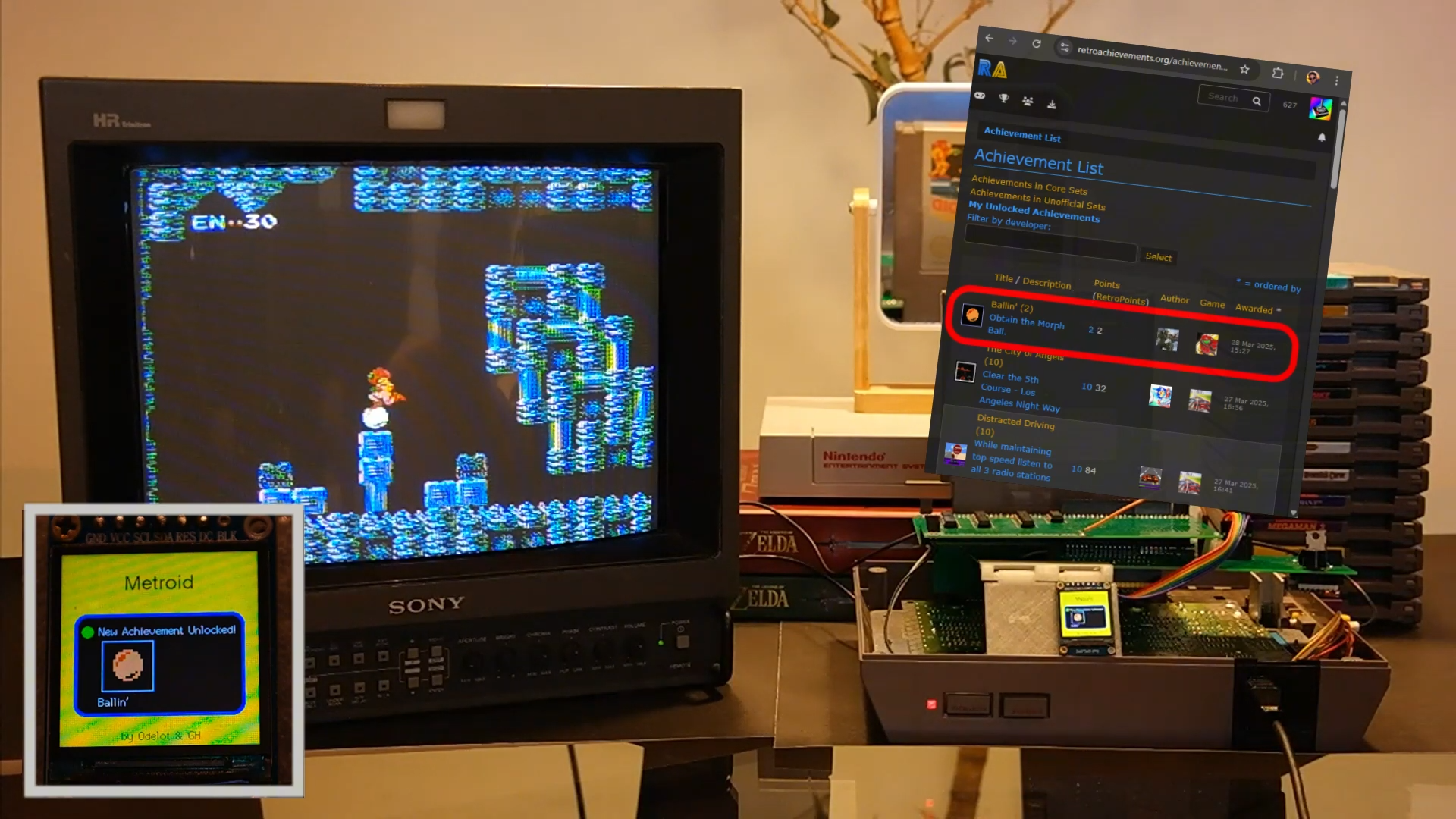
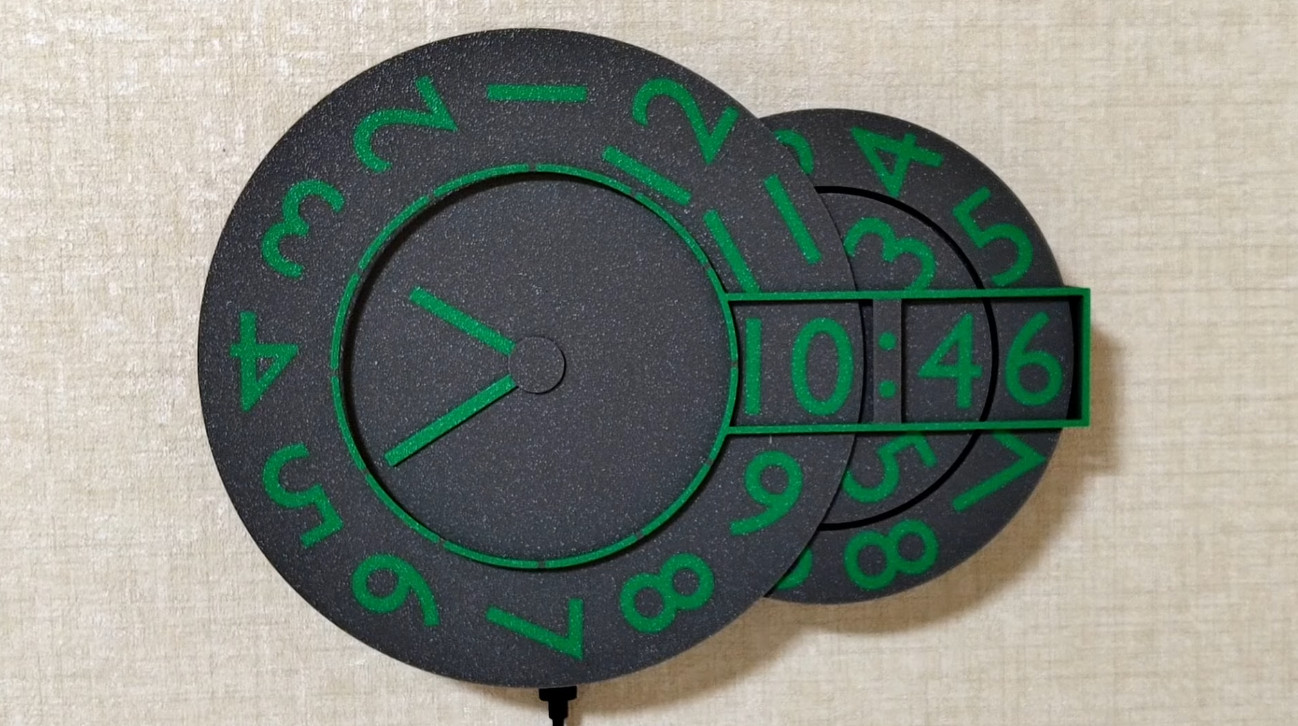
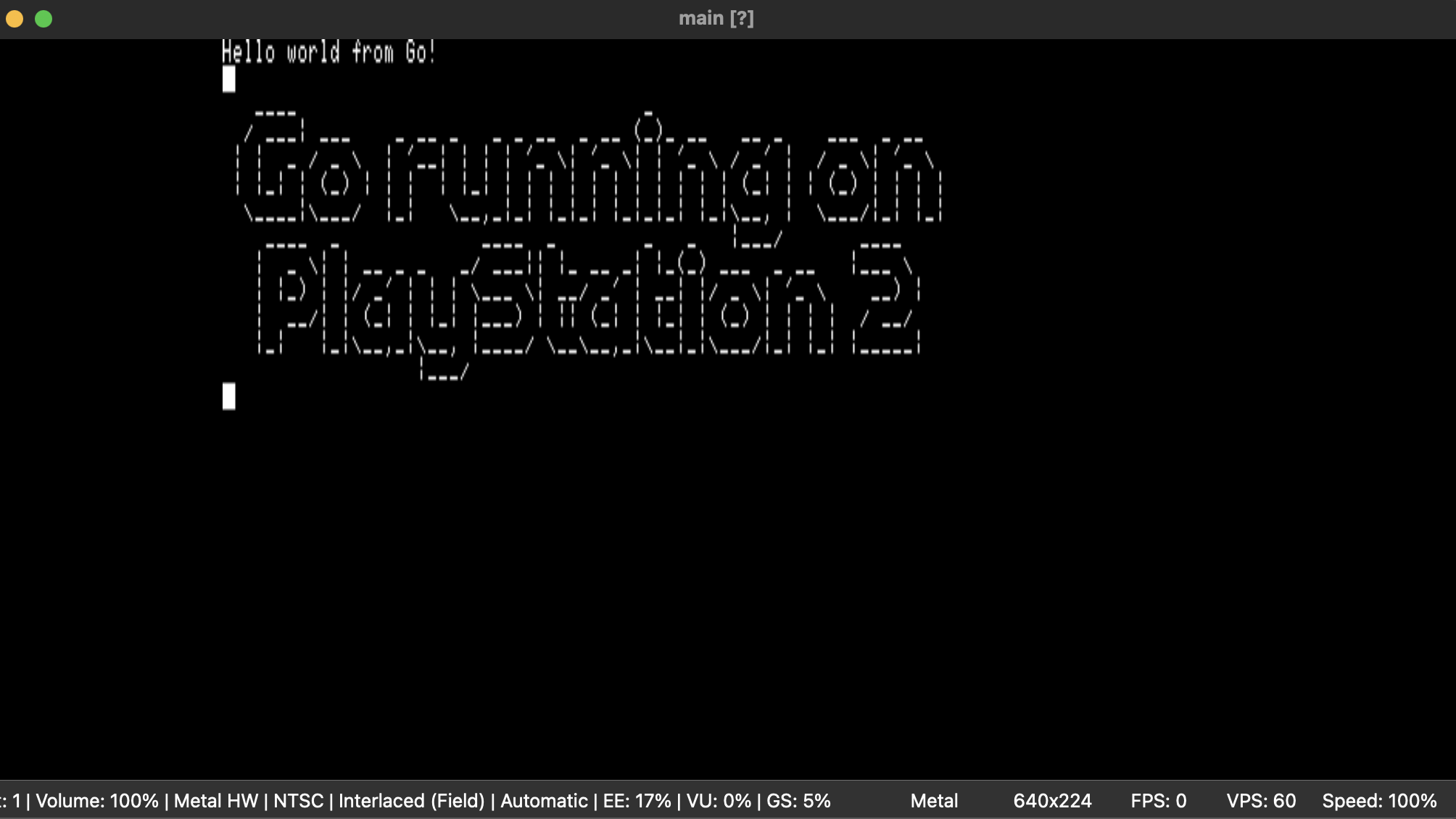


















































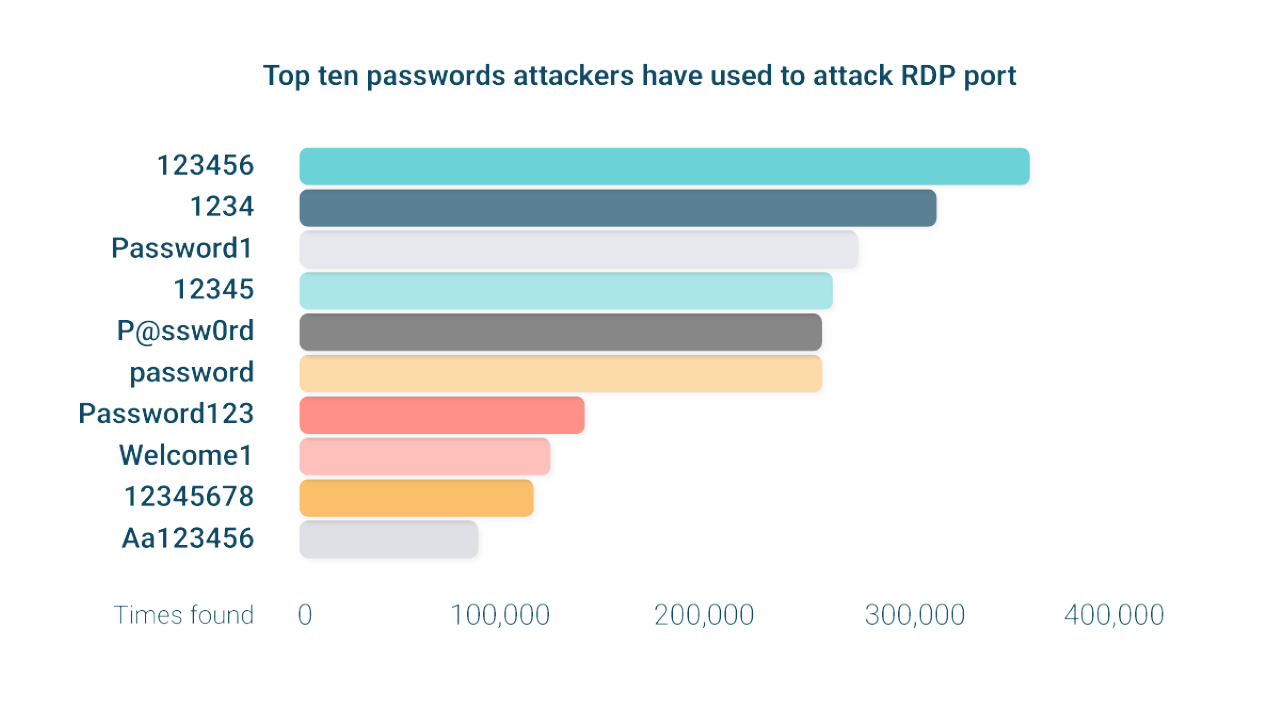








































































![[The AI Show Episode 142]: ChatGPT’s New Image Generator, Studio Ghibli Craze and Backlash, Gemini 2.5, OpenAI Academy, 4o Updates, Vibe Marketing & xAI Acquires X](https://www.marketingaiinstitute.com/hubfs/ep%20142%20cover.png)
























































































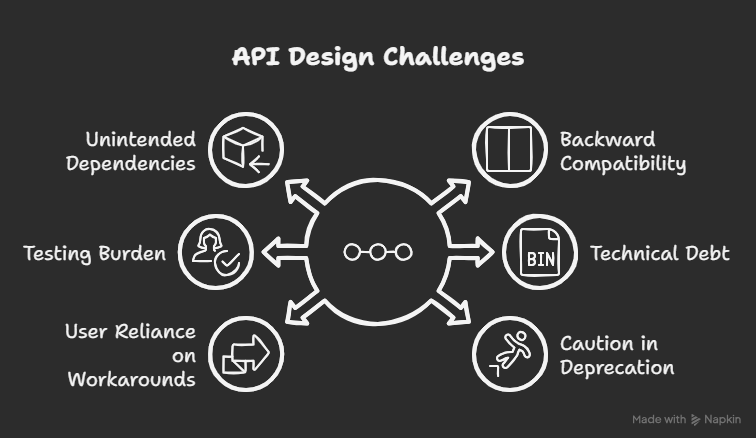



















![Is this a suitable approach to architect a flutter app? [closed]](https://i.sstatic.net/4hMHGb1L.png)







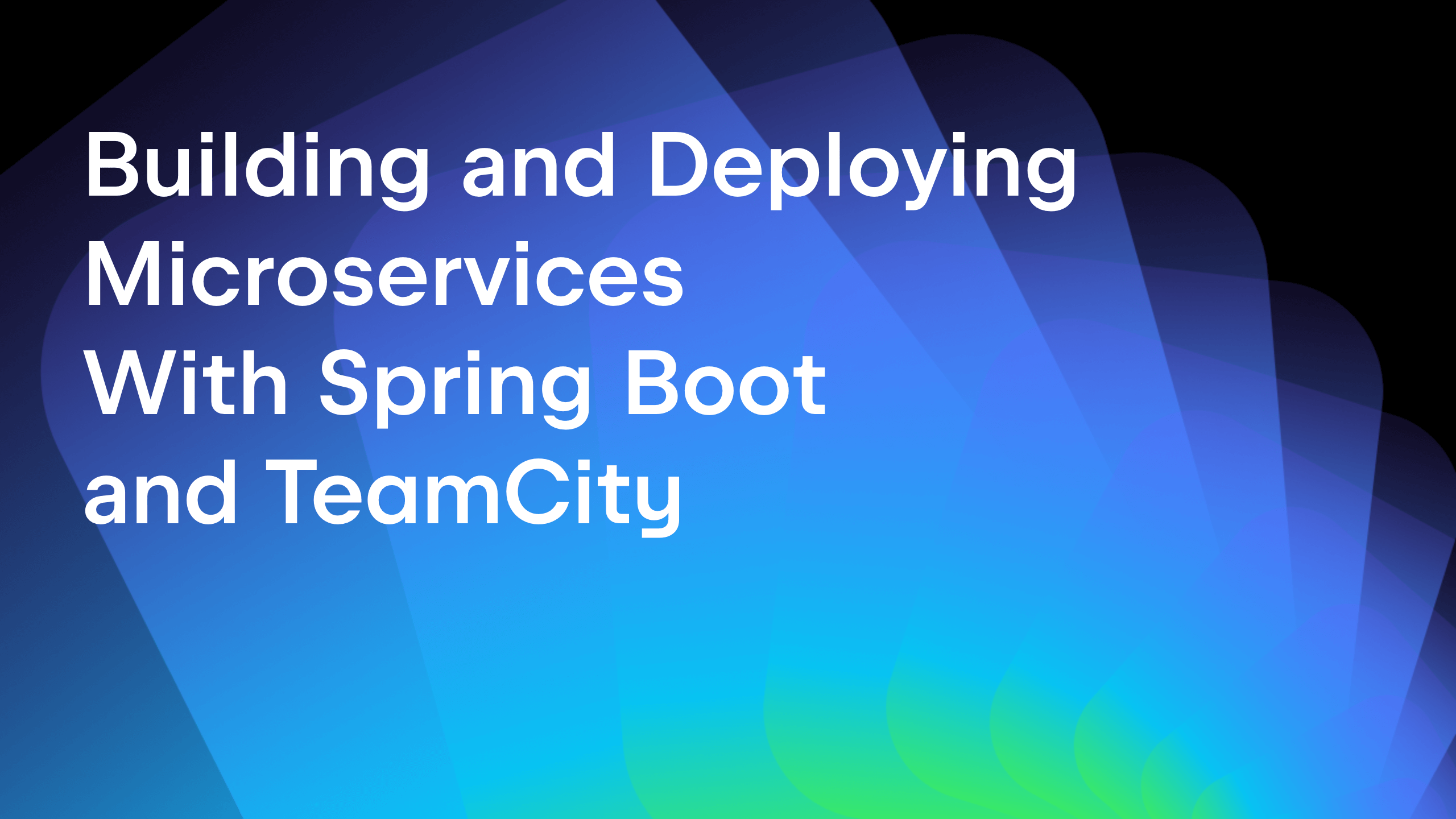
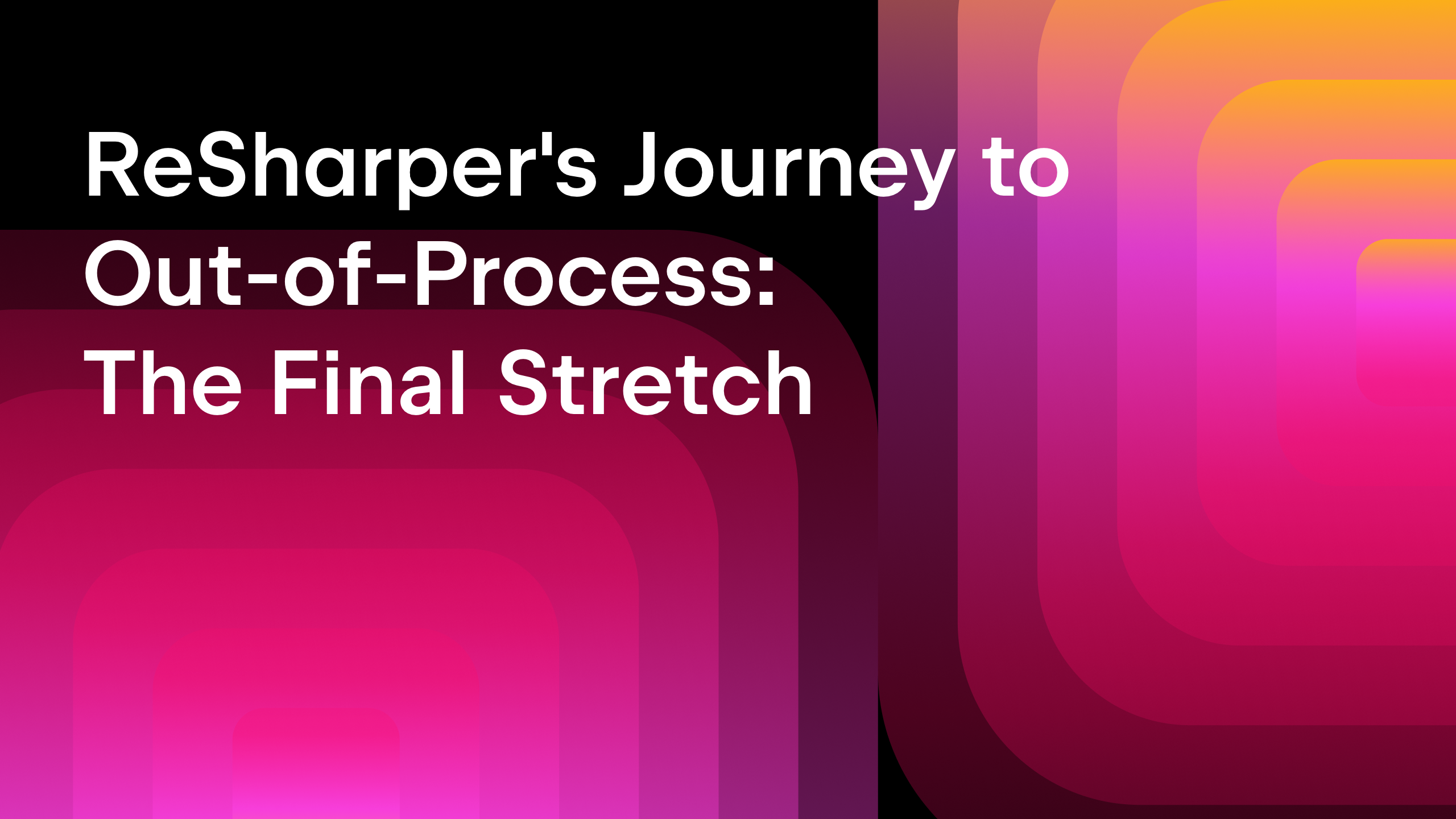
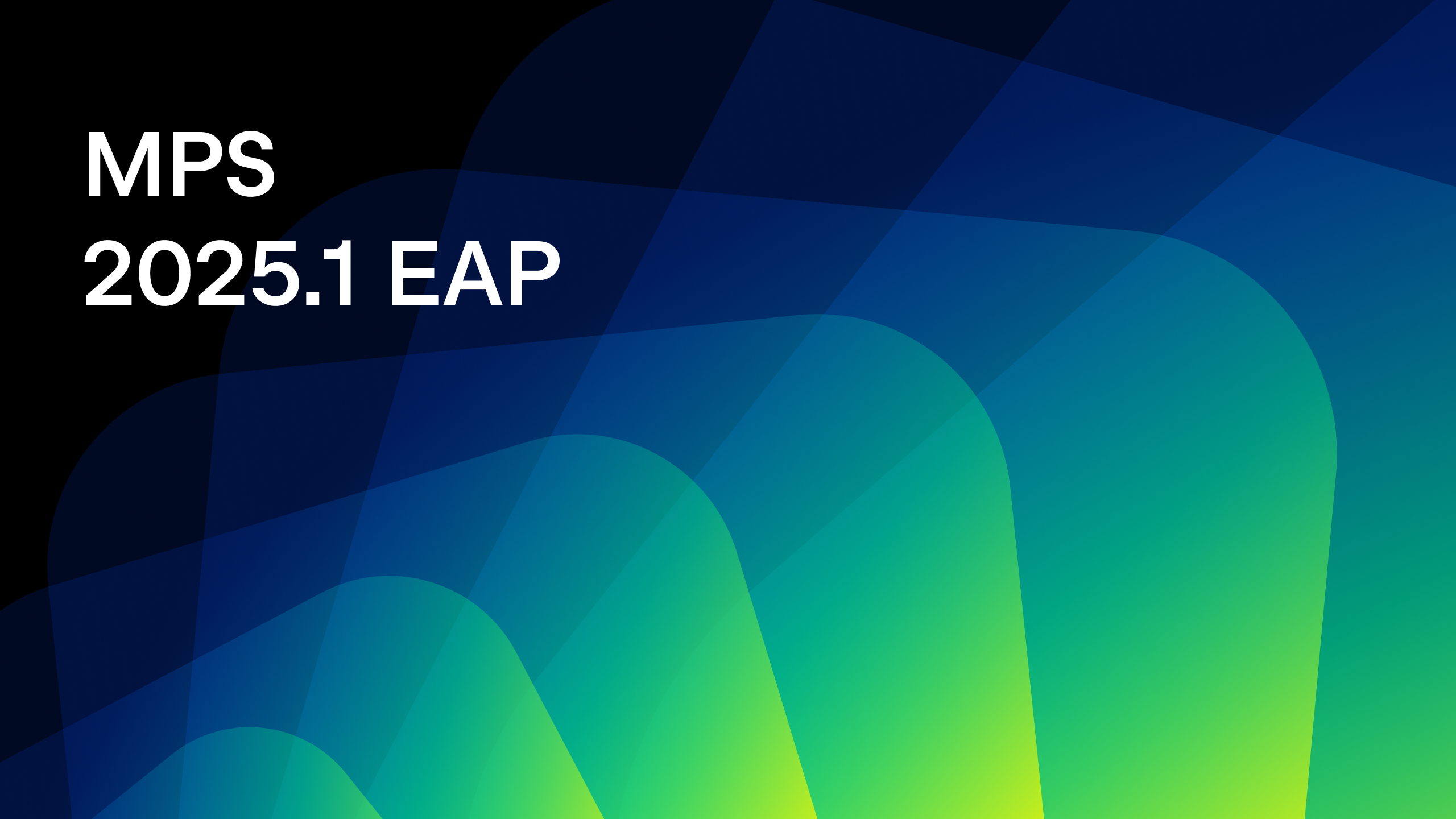







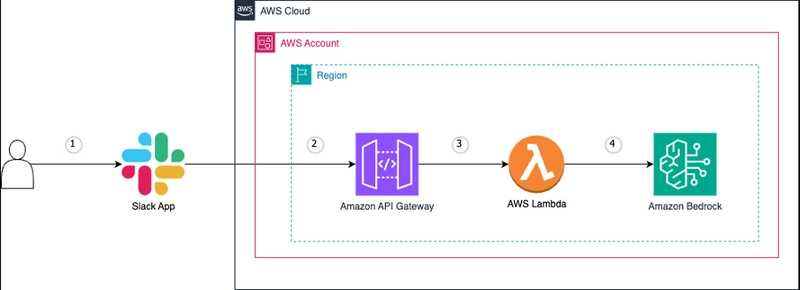
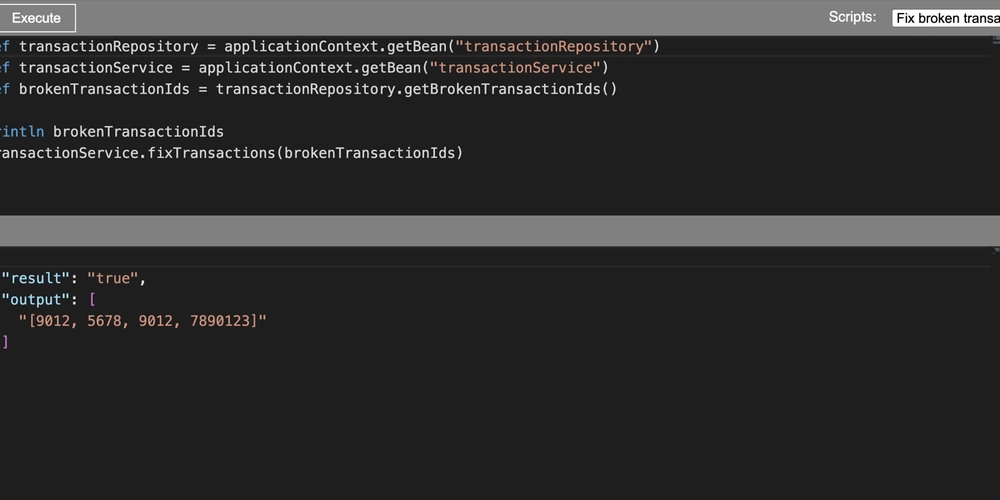

![From broke musician to working dev. How college drop-out Ryan Furrer taught himself to code [Podcast #166]](https://cdn.hashnode.com/res/hashnode/image/upload/v1743189826063/2080cde4-6fc0-46fb-b98d-b3d59841e8c4.png?#)





























-1280x720.jpg?width=1920&height=1920&fit=bounds&quality=80&format=jpg&auto=webp#)
